Home>Furniture & Design>Interior Design Trends>How Many Ounces Are In A Glass
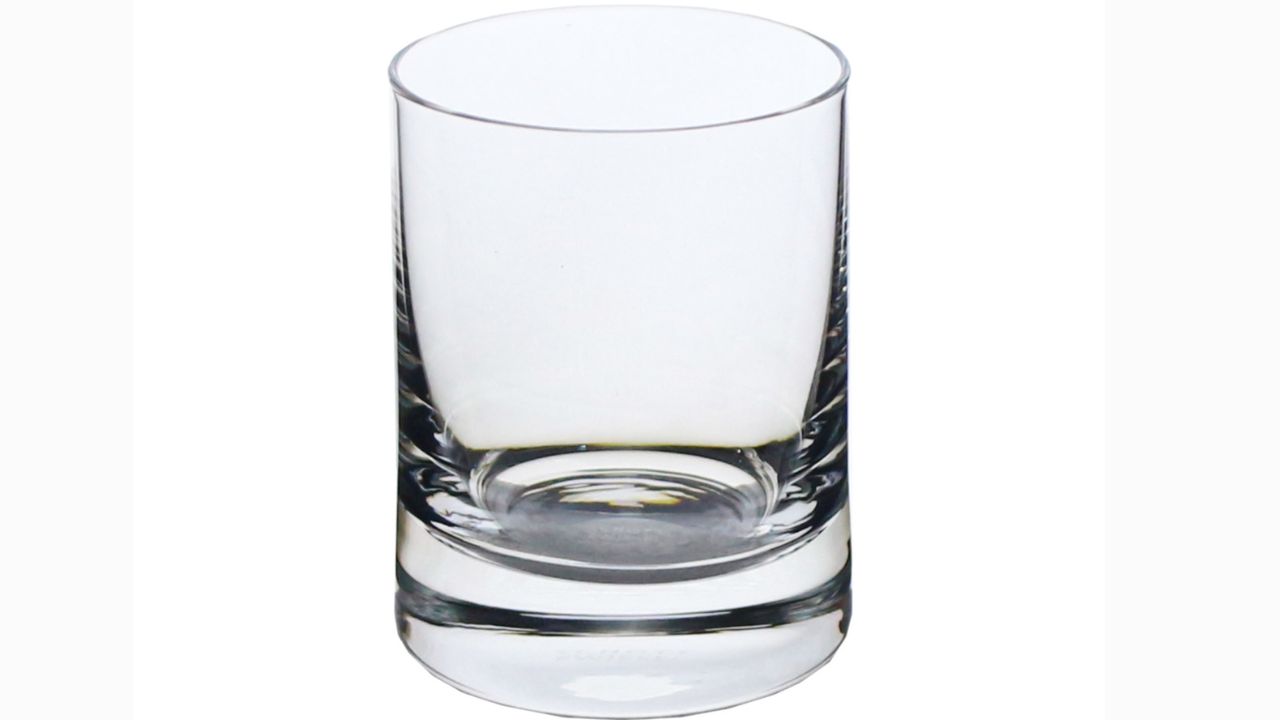

Interior Design Trends
How Many Ounces Are In A Glass
Modified: April 21, 2024
Discover the latest interior design trends and find out how many ounces are in a glass. Explore stylish and functional ideas for your home.
(Many of the links in this article redirect to a specific reviewed product. Your purchase of these products through affiliate links helps to generate commission for Storables.com, at no extra cost. Learn more)
The Standard Measurement of a Glass
When it comes to understanding the standard measurement of a glass, it's essential to recognize that the capacity of a glass can vary based on its intended use. However, in the context of common household and barware, the standard measurement of a glass is often expressed in ounces. This measurement is crucial for various purposes, including cooking, mixology, and maintaining proper hydration.
In the United States, the standard measurement for a typical drinking glass is 8 fluid ounces. This measurement is commonly used for serving water, juice, and other non-alcoholic beverages. However, it's important to note that the standard size of a drinking glass can differ in other parts of the world. For instance, in Europe, the standard water glass typically holds around 200-250 milliliters, which is approximately 6.7-8.5 fluid ounces.
Moving on to wine glasses, the standard measurement can vary based on the type of wine being served. For example, a standard white wine glass typically holds around 8-12 ounces, while a standard red wine glass can have a capacity of 12-16 ounces. These variations are designed to enhance the aroma and flavor profile of the specific wine being served.
When it comes to beer glasses, the standard measurement also varies depending on the type of beer. A standard pint glass, commonly used for serving ales and lagers, typically holds 16 ounces. However, specialty beer glasses, such as tulip glasses or pilsner glasses, may have different ounce capacities to accommodate the unique characteristics of specific beer styles.
In the realm of mixology, cocktail glasses come in various shapes and sizes, each tailored to a specific type of cocktail. For instance, a standard martini glass typically holds around 6-8 ounces, while a highball glass, commonly used for serving cocktails like the classic mojito or gin and tonic, can hold 8-12 ounces.
Understanding the standard measurement of a glass is essential for both practical and aesthetic reasons. Whether you're hosting a gathering, preparing a meal, or simply enjoying a refreshing beverage, knowing the appropriate ounce capacity of different glasses ensures a satisfying and well-proportioned drinking experience.
Key Takeaways:
- Glasses come in different sizes for specific drinks. For example, wine glasses hold 12-16 ounces for red wine and 8-12 ounces for white wine, enhancing the flavor and aroma of the wine.
- Understanding ounces is crucial for serving and enjoying drinks. Different glasses have different ounce capacities, ensuring the right amount for each beverage, from wine to cocktails.
Read more: How Many Ounces In A Highball Glass
Different Types of Glasses and Their Ounce Capacity
Understanding the diverse array of glasses and their respective ounce capacities is essential for anyone who appreciates the nuances of serving and enjoying beverages. From wine to cocktails, each type of glass is meticulously designed to enhance the sensory experience, and their varying ounce capacities play a crucial role in achieving this goal.
Let's start with wine glasses. The classic red wine glass, known for its larger bowl and wider opening, typically has an ounce capacity ranging from 12 to 16 ounces. This generous size allows the wine to aerate, releasing its complex aromas and flavors. On the other hand, white wine glasses are generally smaller, holding around 8 to 12 ounces. The reduced capacity helps maintain the cooler temperature of white wines while still allowing room for swirling and savoring the aromatics.
Moving on to beer glasses, the iconic pint glass, commonly used for serving ales and lagers, has a standard ounce capacity of 16 ounces. This size provides ample space for the beer to develop a frothy head while allowing room for comfortable sipping. Specialty beer glasses, such as tulip glasses or pilsner glasses, may have different ounce capacities tailored to the unique characteristics of specific beer styles, ensuring an optimal drinking experience.
When it comes to cocktail glasses, the ounce capacity varies based on the type of cocktail being served. For instance, a classic martini glass typically holds around 6 to 8 ounces, allowing ample space for the drink to be elegantly garnished and enjoyed. Highball glasses, often used for refreshing mixed drinks like the mojito or gin and tonic, typically have an ounce capacity of 8 to 12 ounces, accommodating the right balance of ingredients and ice for a satisfying sip.
Furthermore, the ounce capacity of water and juice glasses is often standardized at 8 fluid ounces in the United States, providing a practical and versatile size for everyday hydration. In contrast, in European countries, the standard water glass typically holds around 200 to 250 milliliters, which translates to approximately 6.7 to 8.5 fluid ounces, reflecting regional preferences and cultural norms.
Understanding the ounce capacity of different types of glasses not only ensures the proper serving size but also contributes to the overall enjoyment of beverages. Whether it's savoring the complexities of a fine wine or relishing a well-crafted cocktail, the ounce capacity of a glass plays a pivotal role in delivering a delightful drinking experience.
Converting Ounces to Other Measurement Units
When it comes to converting ounces to other measurement units, it's essential to have a clear understanding of the various conversion factors that enable seamless transitions between different units of measurement. Whether you're exploring culinary recipes, mixology techniques, or simply seeking to comprehend the fluid capacities of different containers, the ability to convert ounces to alternative measurement units is a valuable skill that enhances precision and versatility.
Fluid Ounces to Milliliters
In the realm of international culinary and mixology practices, the conversion between fluid ounces and milliliters is a common occurrence. One fluid ounce is equivalent to approximately 29.57 milliliters. This conversion factor is particularly useful when following recipes from diverse cultural backgrounds or utilizing barware with metric volume markings. For instance, a cocktail recipe calling for 2 fluid ounces of a specific spirit can be accurately measured using a jigger with milliliter graduations, which would correspond to approximately 59 milliliters.
Ounces to Liters
For larger-scale applications, such as batch cocktail preparation or culinary endeavors, the conversion from ounces to liters becomes pertinent. One fluid ounce is equivalent to approximately 0.0296 liters. This conversion factor allows for seamless scaling of recipes and beverage production, ensuring consistent quality and flavor profiles across varying batch sizes. Whether it's crafting a large pitcher of refreshing lemonade or scaling up a beloved cocktail recipe for a gathering, the ability to convert ounces to liters facilitates efficient and precise execution.
Read more: How Many Ounces In A Juice Glass
Ounces to Cups
In the context of cooking and baking, the conversion from ounces to cups is a fundamental aspect of recipe adaptation and ingredient measurement. One fluid ounce is equivalent to approximately 0.125 cups. This conversion factor is invaluable when adjusting ingredient quantities to suit specific culinary requirements or accommodating the use of different measuring tools. Whether it's incorporating liquids into a batter or preparing a flavorful sauce, the ability to convert ounces to cups empowers culinary enthusiasts to navigate diverse recipes with ease and accuracy.
Ounces to Pints and Quarts
In the context of beverage service and liquid storage, the conversion from ounces to pints and quarts is essential for logistical and operational purposes. One pint is equivalent to 16 fluid ounces, while one quart is equivalent to 32 fluid ounces. This conversion knowledge is particularly valuable in the hospitality industry, where efficient inventory management and precise serving sizes are paramount. Whether it's organizing bar stock or ensuring consistent portioning of beverages, the ability to convert ounces to pints and quarts contributes to streamlined operations and customer satisfaction.
Ounces to Gallons
In scenarios requiring bulk quantities of liquids, the conversion from ounces to gallons is a practical consideration. One gallon is equivalent to 128 fluid ounces. This conversion factor is crucial for tasks such as bulk beverage preparation, inventory assessment, and logistical planning. Whether it's calculating the volume of a large batch cocktail for an event or managing inventory levels in a commercial kitchen, the ability to convert ounces to gallons facilitates efficient resource allocation and strategic decision-making.
Understanding the conversion of ounces to other measurement units empowers individuals across various domains, from culinary enthusiasts and mixologists to hospitality professionals and home cooks. By mastering these conversion factors, individuals can navigate diverse recipes, manage inventory effectively, and ensure precise measurements, ultimately enhancing the quality and consistency of their culinary and beverage endeavors.
Factors to Consider When Measuring Ounces in a Glass
When it comes to measuring ounces in a glass, several factors warrant careful consideration to ensure accuracy, functionality, and an enhanced drinking experience. Whether you're a home bartender, a culinary enthusiast, or simply someone who appreciates a well-proportioned beverage, understanding these factors is essential for achieving optimal results.
Read more: How Many Ounces Is A Glass Of Water
Glass Shape and Size
The design of a glass significantly influences its ounce capacity. Glasses with wider bowls or larger openings often accommodate a greater volume of liquid, while narrower glasses may have a more restricted capacity. Understanding the relationship between glass shape and ounce measurement is crucial for selecting the appropriate glassware for specific beverages, whether it's a robust red wine that benefits from ample aeration or a delicate cocktail that requires precise proportions for balanced flavors.
Functional Purpose
Different glasses serve distinct functional purposes, and their ounce capacity aligns with these roles. For instance, a highball glass, with its larger ounce capacity, is ideal for serving refreshing mixed drinks with generous ice and mixer proportions, ensuring a satisfying and thirst-quenching experience. Conversely, a smaller ounce capacity in a martini glass allows for elegant presentation and controlled sipping, complementing the sophisticated nature of the classic cocktail it holds.
Beverage Type
The type of beverage being served directly impacts the choice of glass and its ounce capacity. From wine to beer to cocktails, each category of beverage demands specific ounce measurements to optimize its presentation and enjoyment. For example, a standard pour of red wine in a larger glass allows the wine to breathe and develop its full flavor profile, while a smaller, more precise ounce capacity in a cocktail glass ensures the intended balance of spirits, mixers, and garnishes.
Cultural and Regional Norms
Cultural and regional preferences play a significant role in determining the standard ounce capacity of glasses. For instance, in European countries, the standard water glass typically holds around 200 to 250 milliliters, reflecting regional norms and cultural traditions. Understanding these variations is essential for respecting and embracing diverse drinking customs while also catering to the preferences of a diverse clientele.
Read more: How Many Ounces In A Shot Glass
Aesthetic Presentation
Beyond functionality, the ounce capacity of a glass contributes to its aesthetic presentation. Whether it's the graceful curvature of a wine glass or the sleek silhouette of a martini glass, the ounce capacity is intricately linked to the visual appeal of the drinking vessel. This visual aspect adds to the overall experience, enhancing the anticipation and enjoyment of the beverage it holds.
By considering these factors when measuring ounces in a glass, individuals can elevate their beverage service, culinary creations, and overall appreciation of the art of drinking. Whether it's selecting the perfect glass for a specific occasion or mastering the art of precise pouring, these considerations enrich the sensory and aesthetic dimensions of the drinking experience.
Frequently Asked Questions about How Many Ounces Are In A Glass
Was this page helpful?
At Storables.com, we guarantee accurate and reliable information. Our content, validated by Expert Board Contributors, is crafted following stringent Editorial Policies. We're committed to providing you with well-researched, expert-backed insights for all your informational needs.
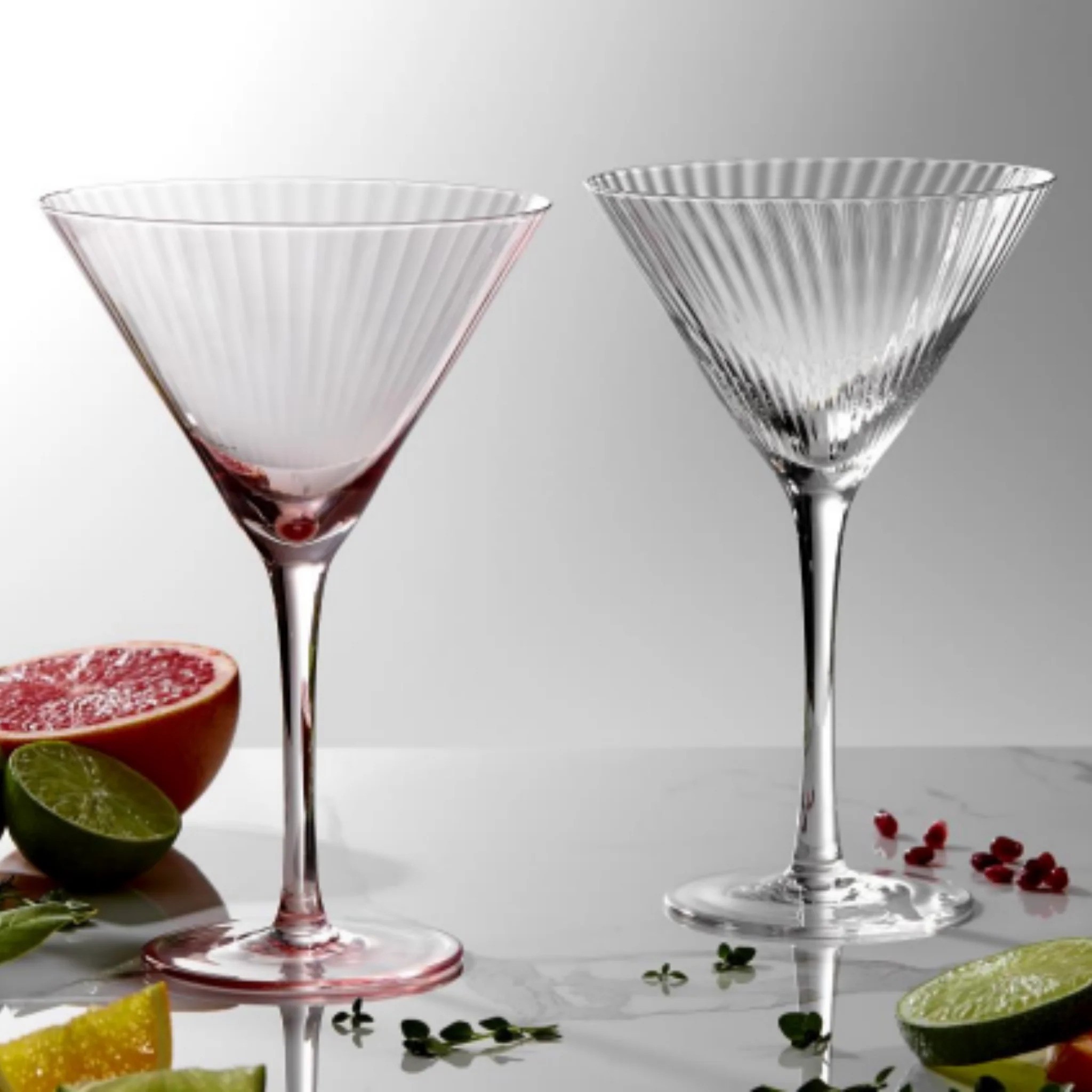
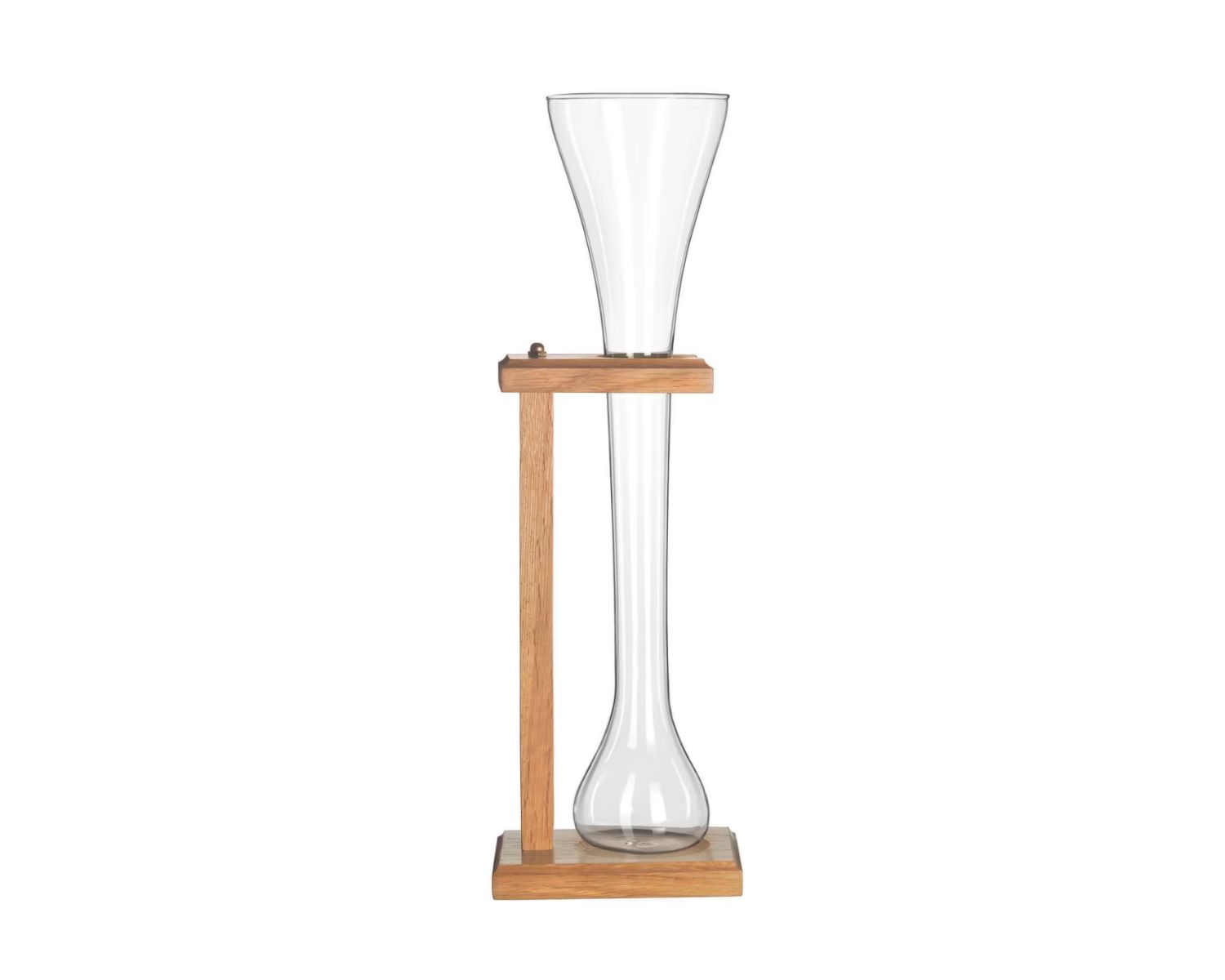
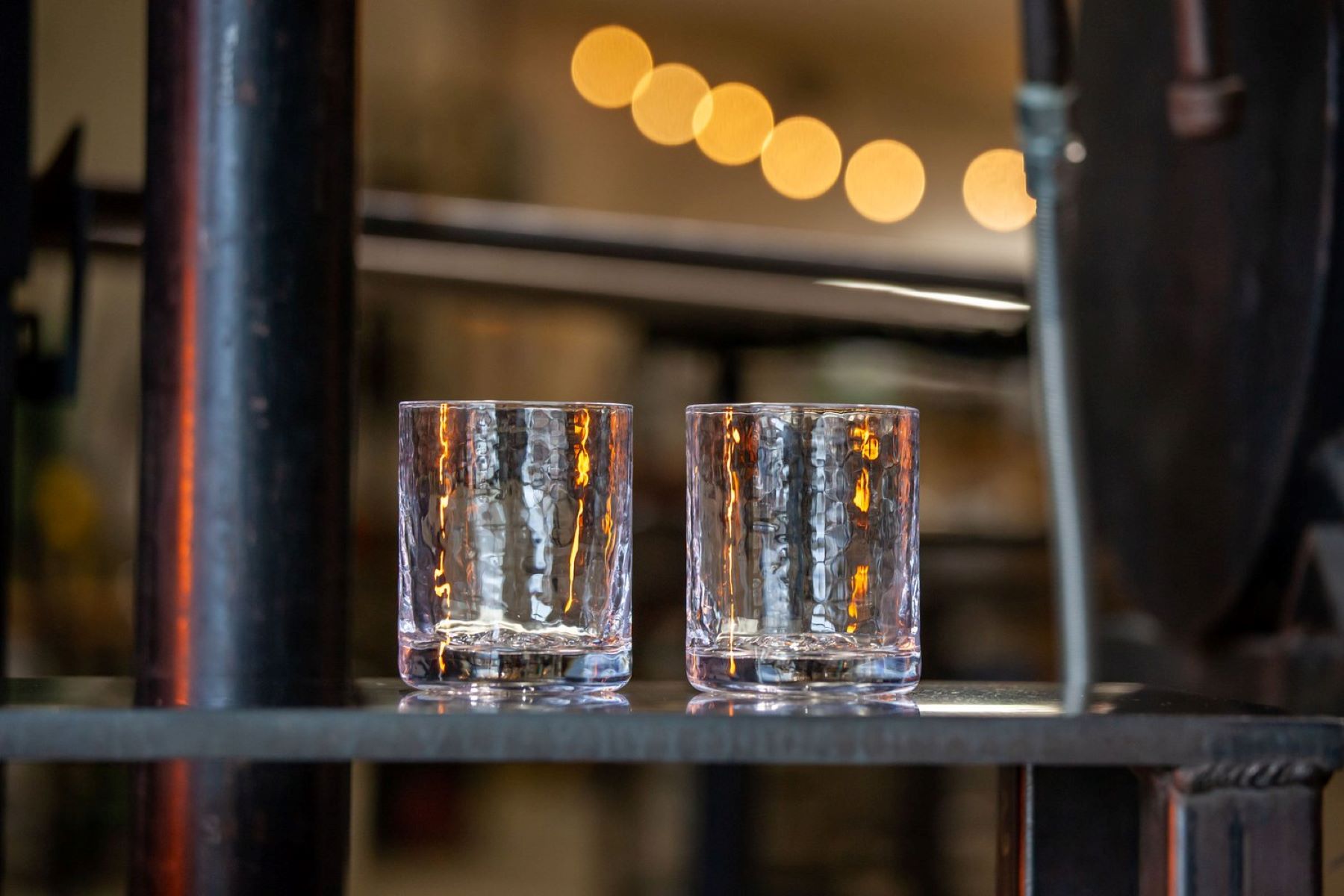
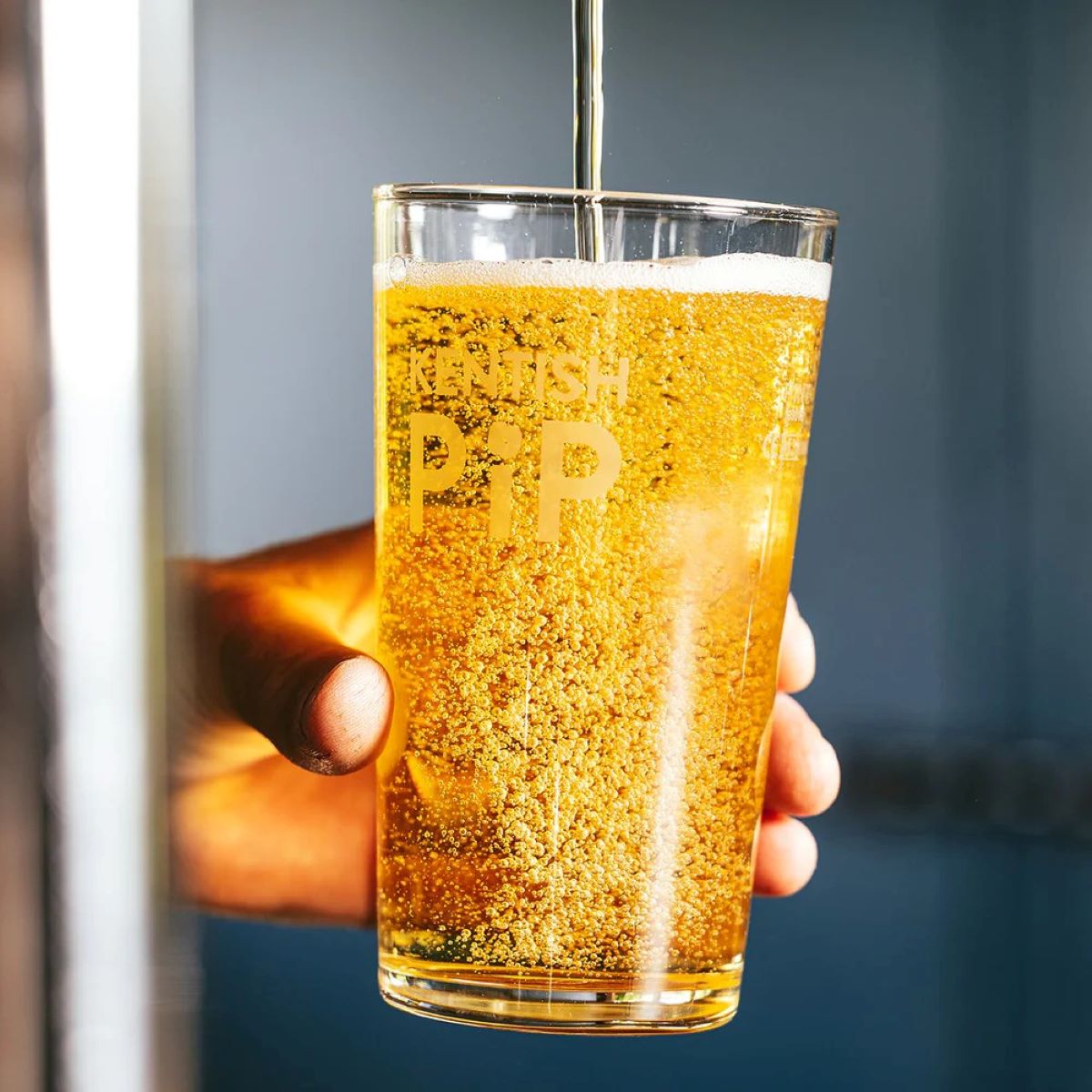
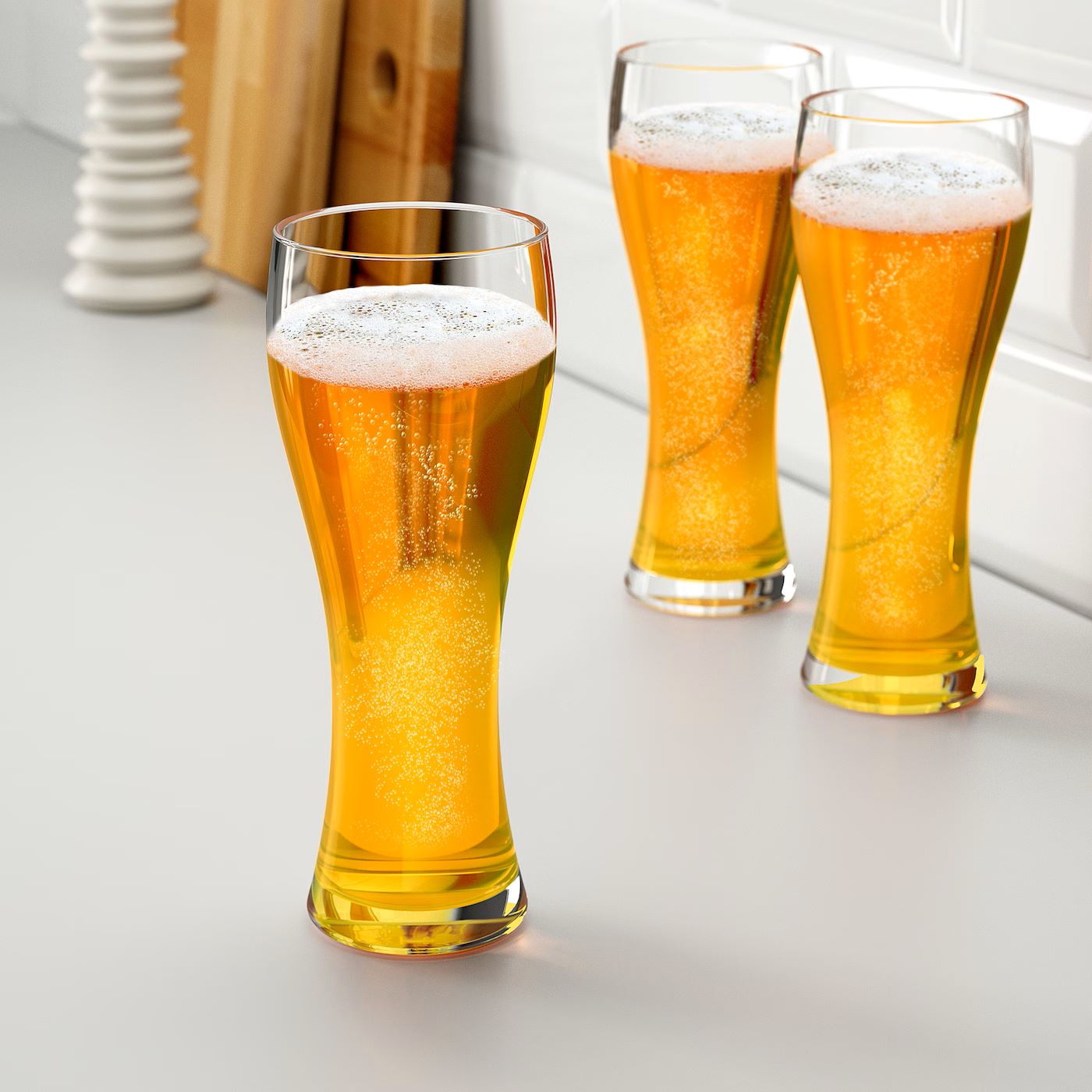
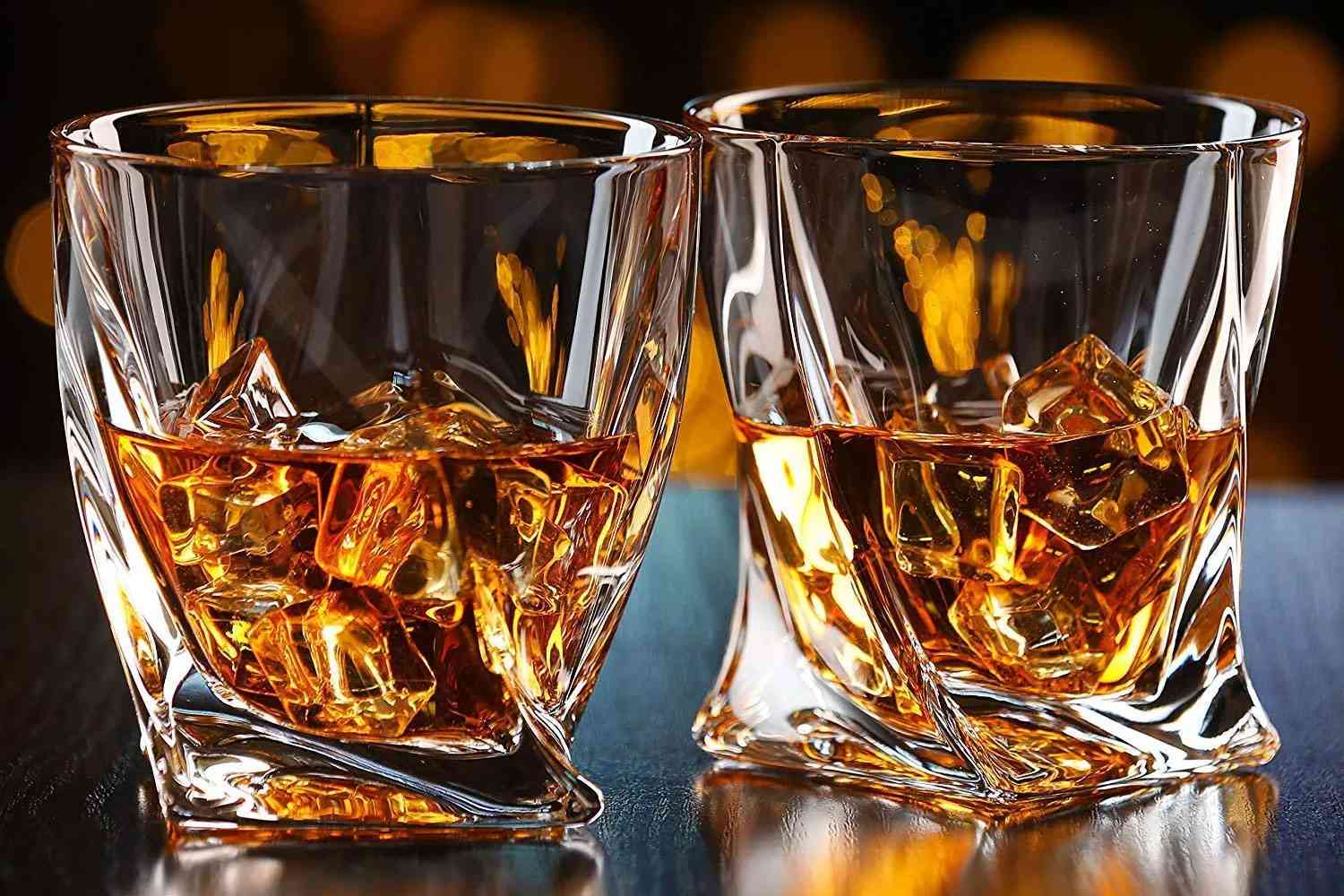
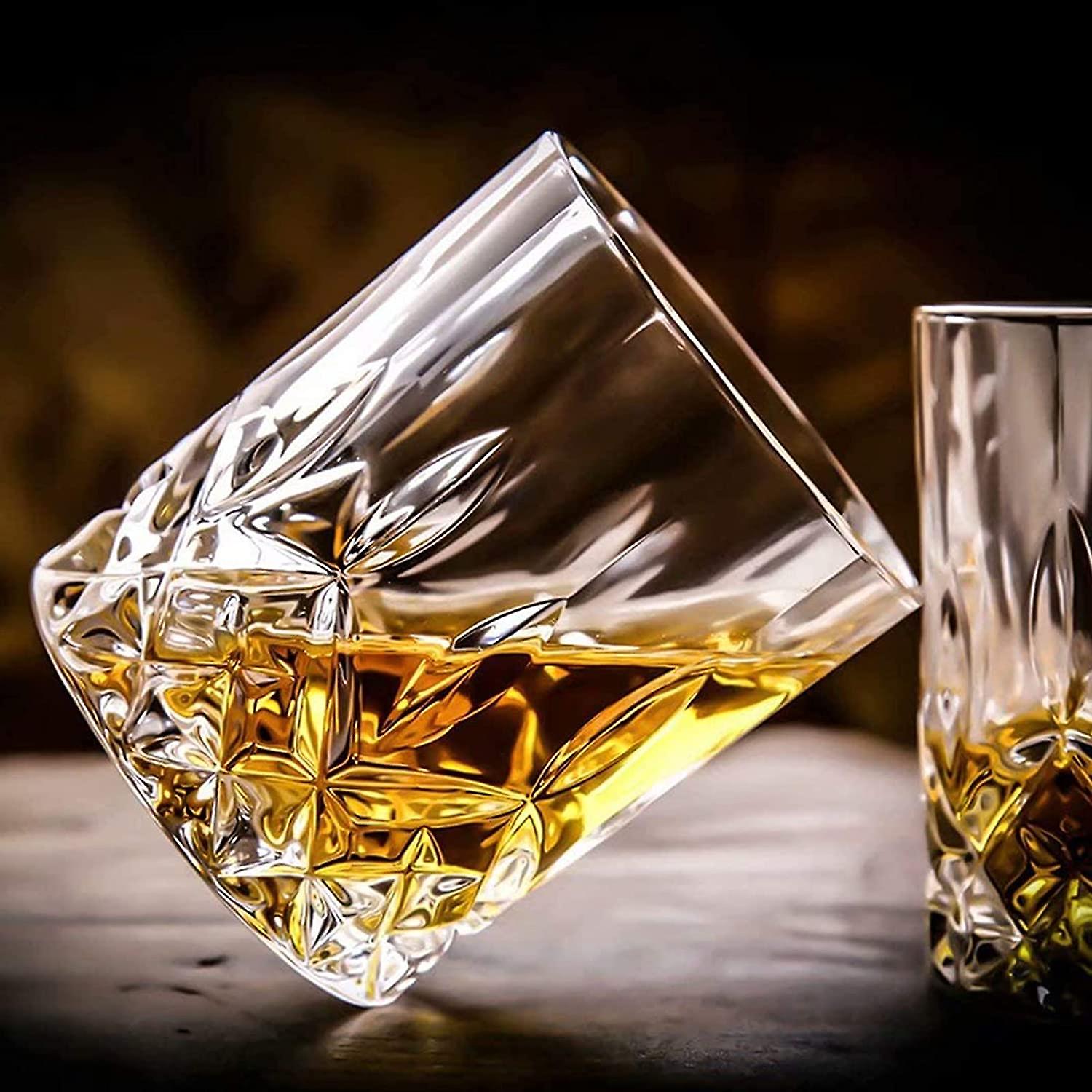
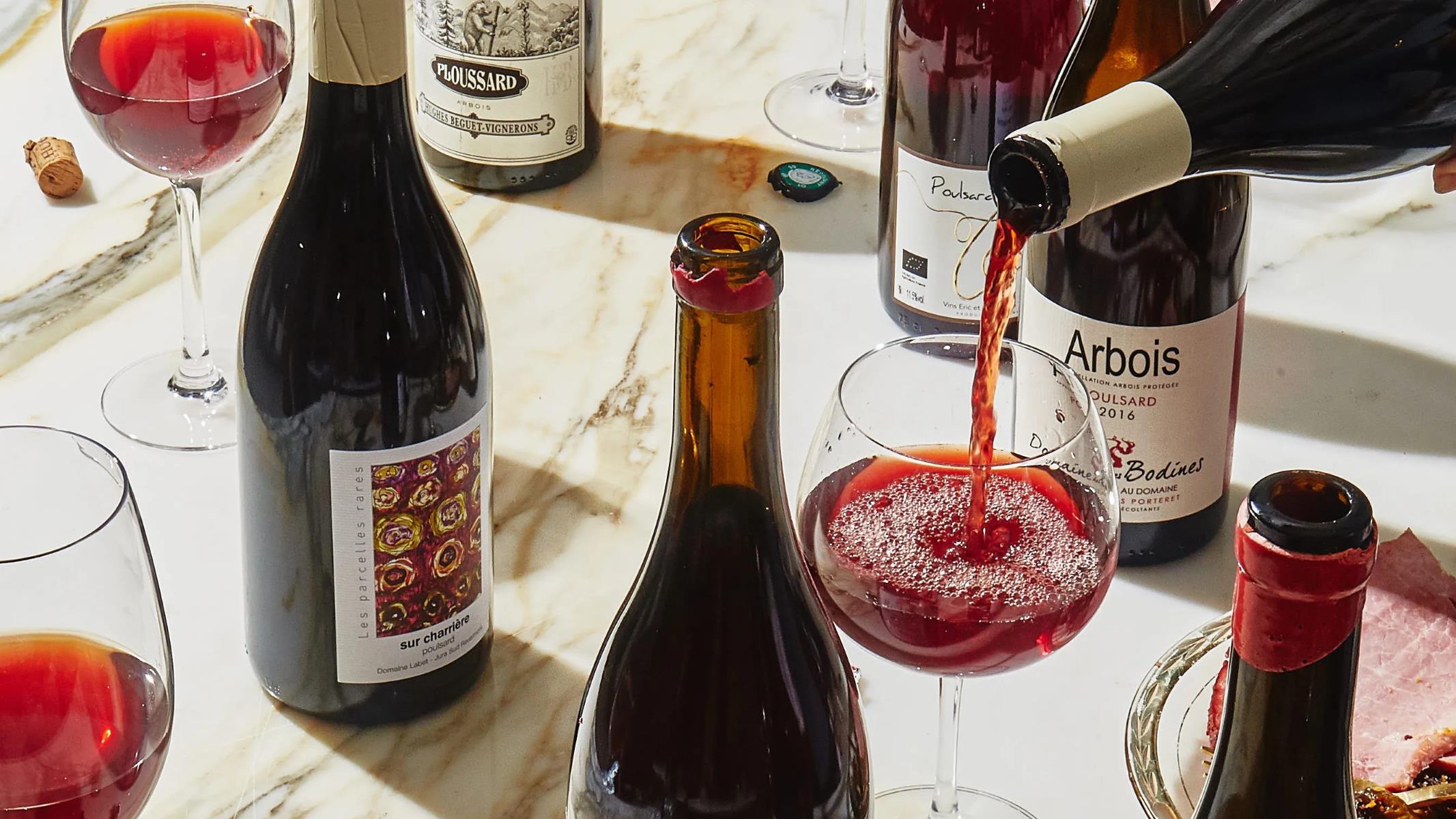
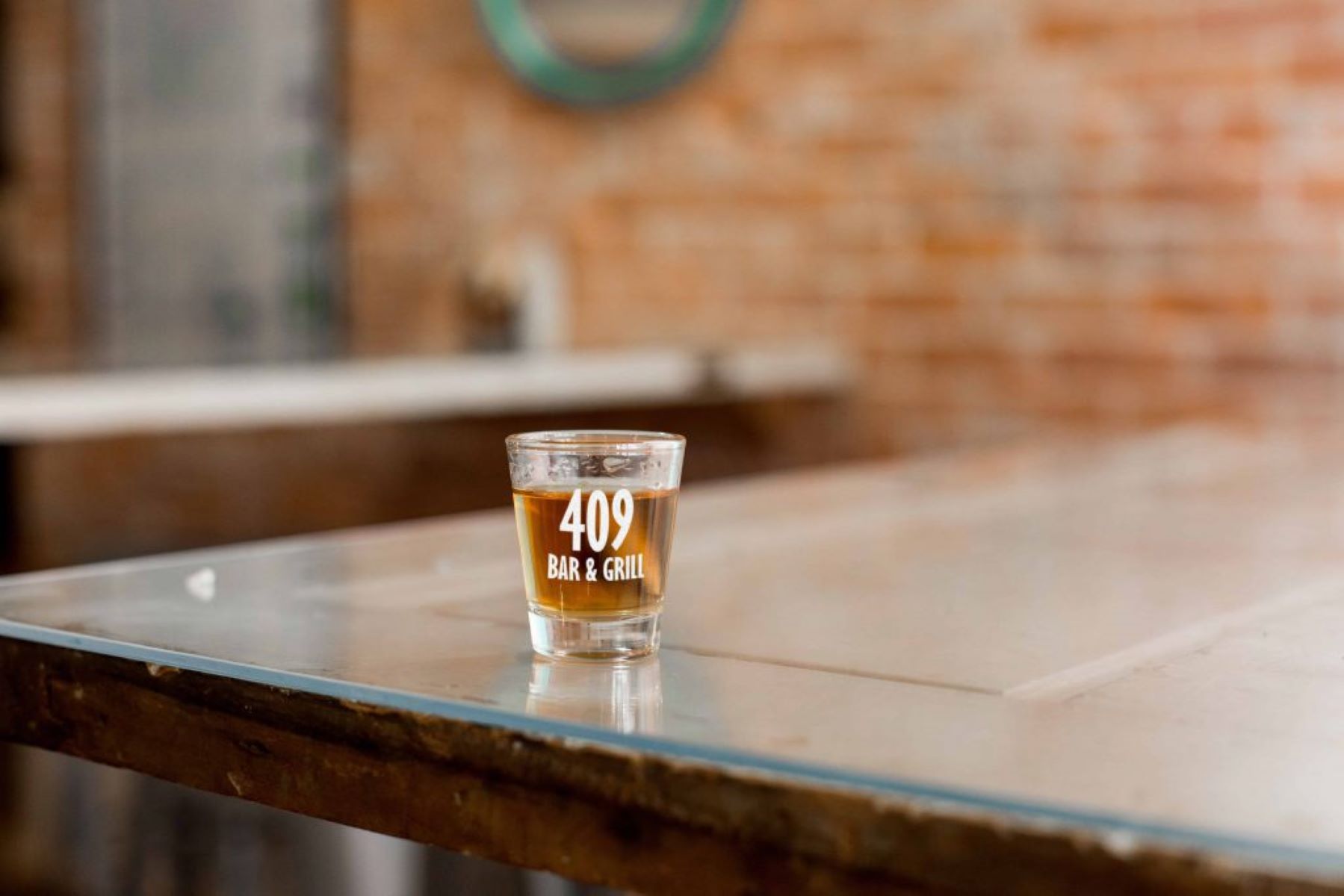
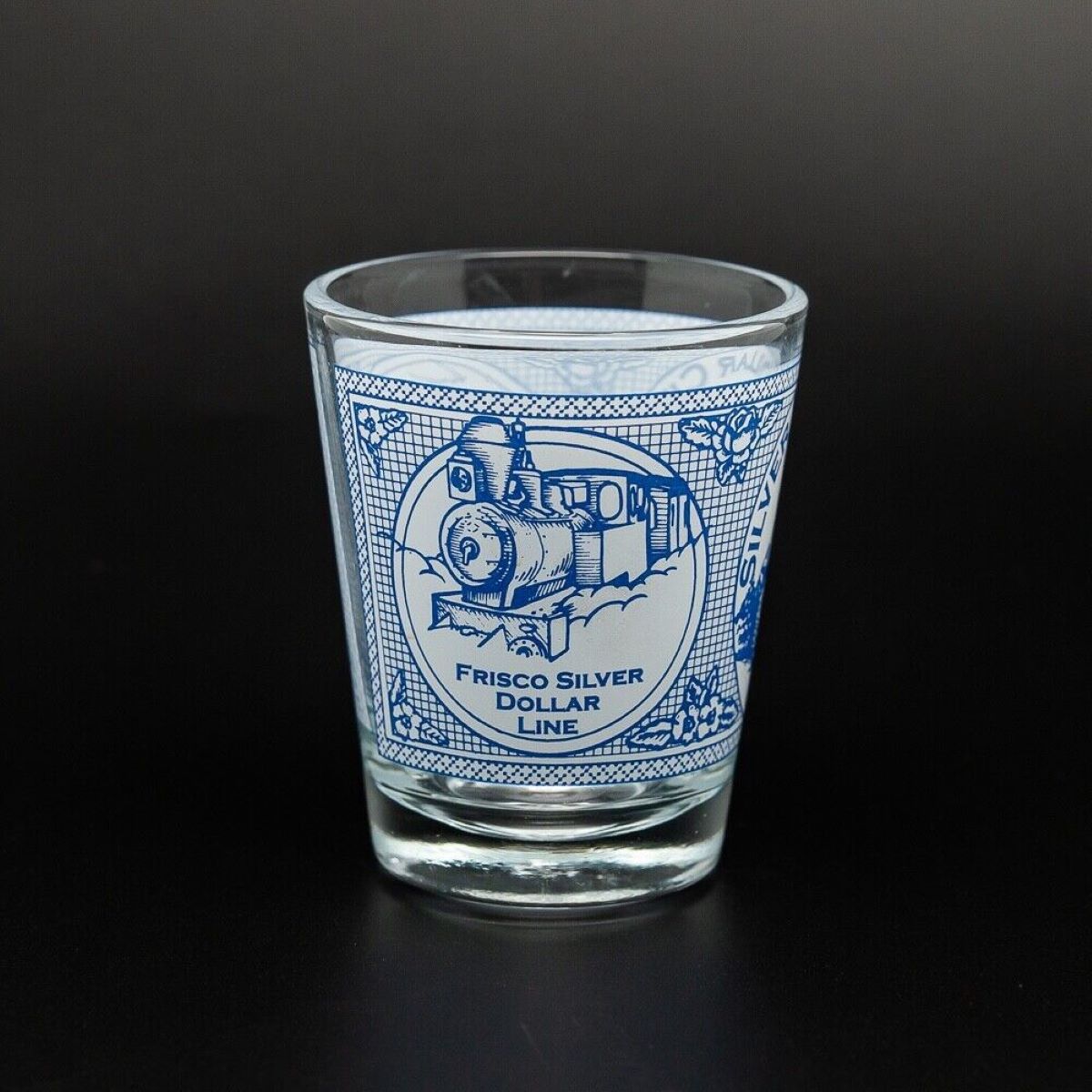
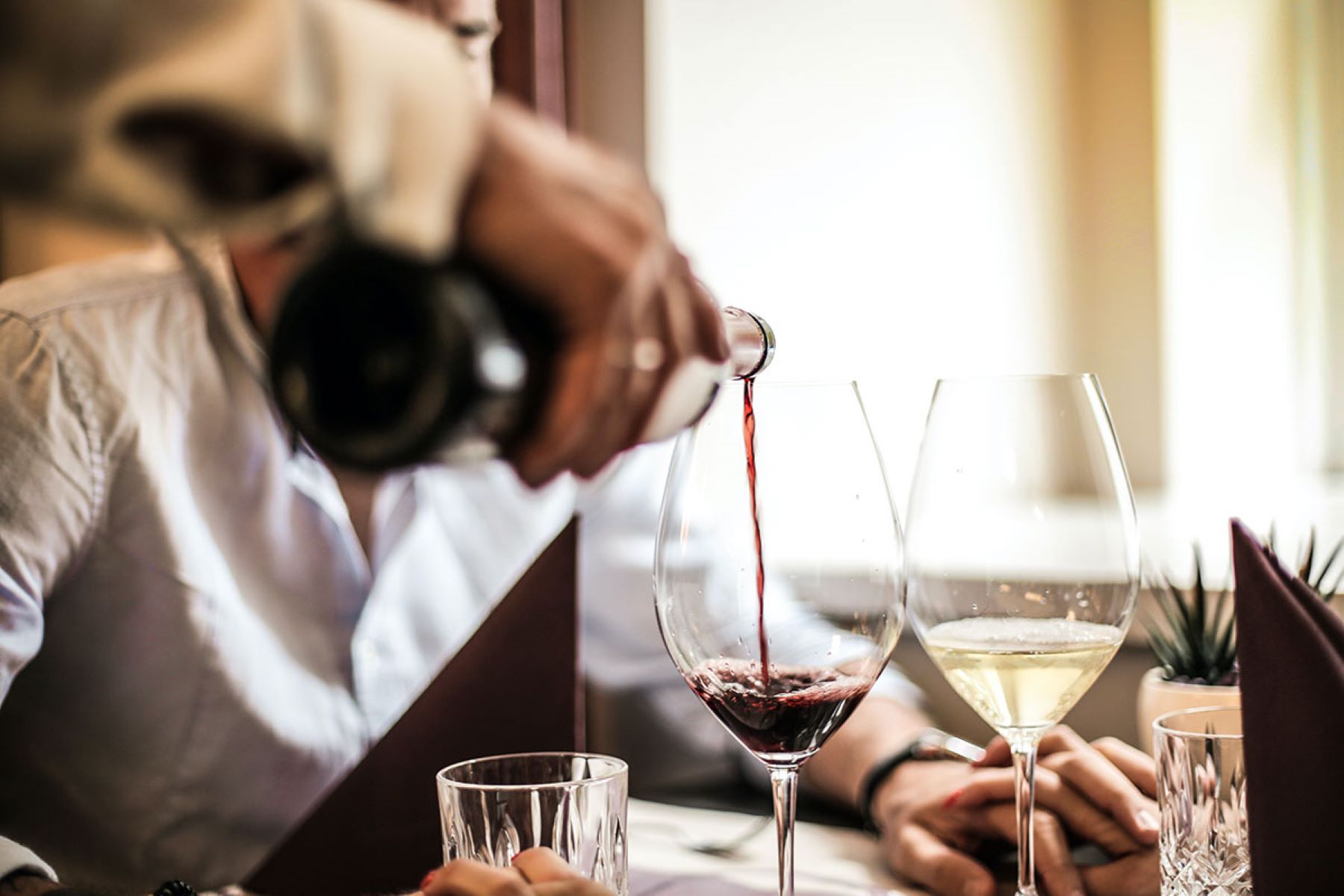
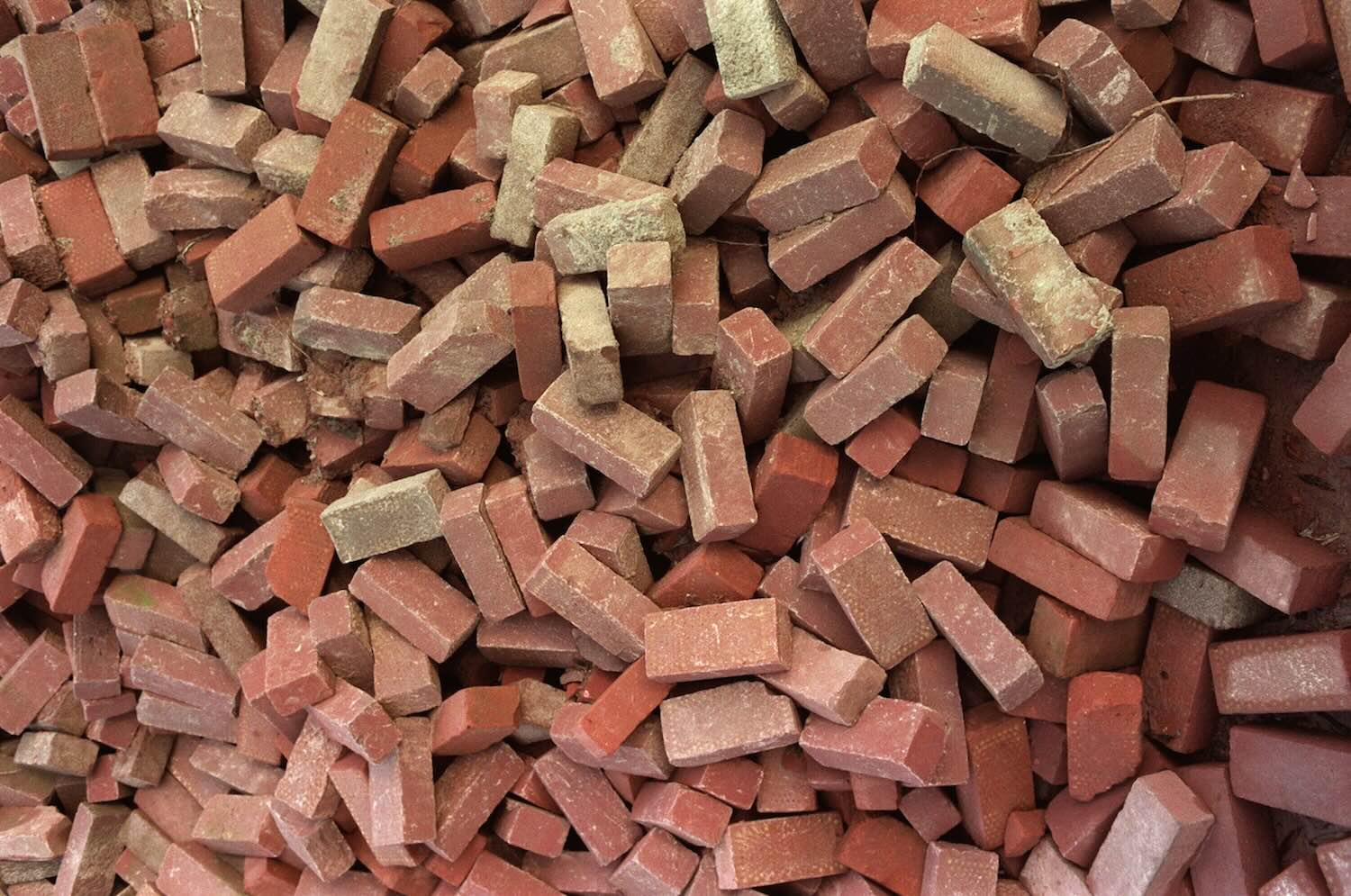

0 thoughts on “How Many Ounces Are In A Glass”